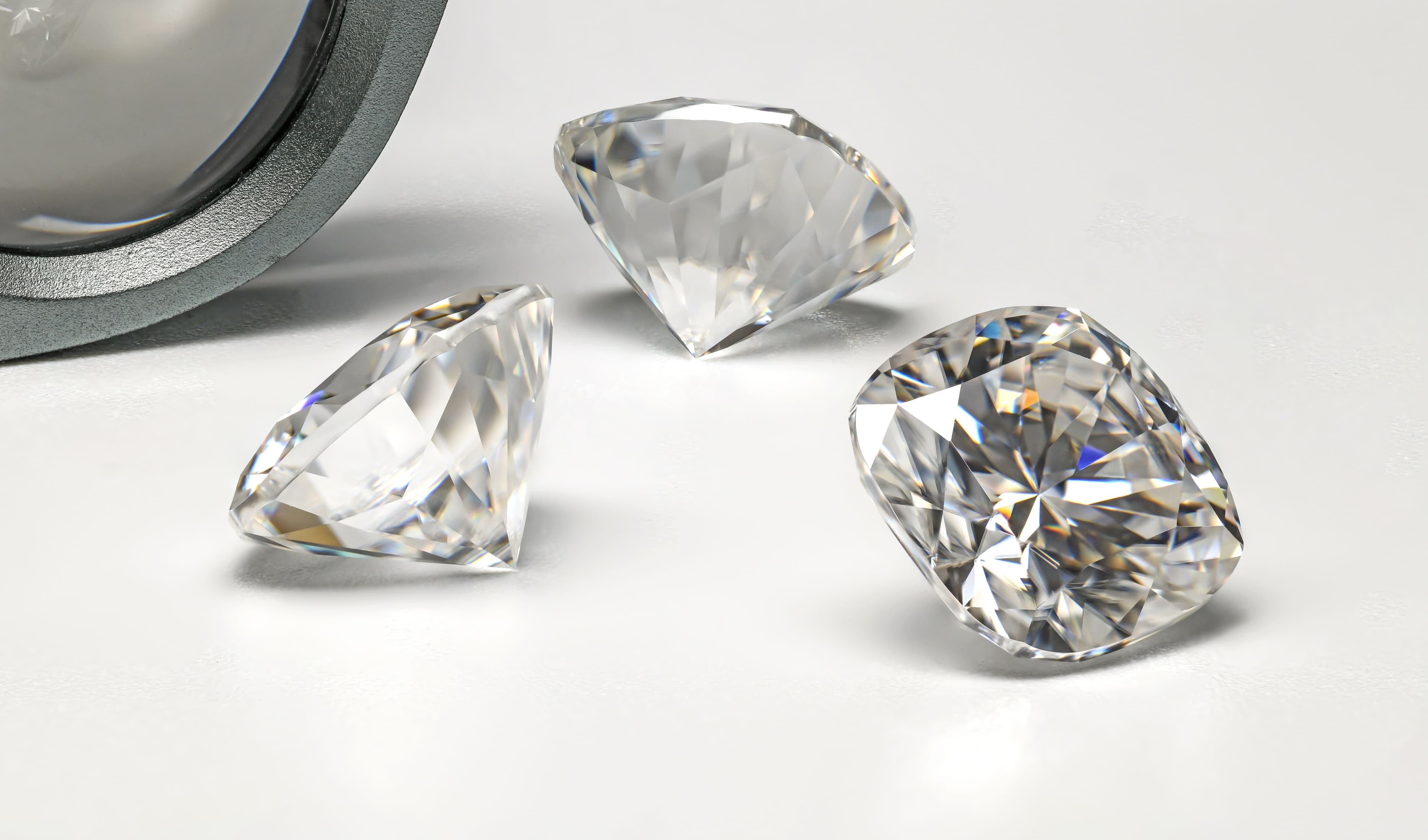appointment
Moissanite vs. Lab-Grown Diamonds vs. Natural Diamonds: A Comparative Analysis


Related Articles

What to Know Before Buying Lab Grown Diamonds
With new technologies and products comes questions, and here at Labgrown.Diamonds, we love nothing more than talking about these wonderful, responsible gemstones.

Why Should I Consider Lab Grown Diamonds Over Natural Diamonds?
Finding the right diamond for you or for someone else can be overwhelming. Now there is the added decision to make between a lab grown diamond or a natural diamond.
